The houses are made of massive yellow XPS isolation foam which I found between the garbage of my neighbours. It can be sawn, knifecut, hotwirecut, filed, grinded and carved. Very easily painted with acrylics. Attached by white glue or UHU por polystyrene glue.
Based on the Iron Age house in Venne, Ostercappeln, Germany.
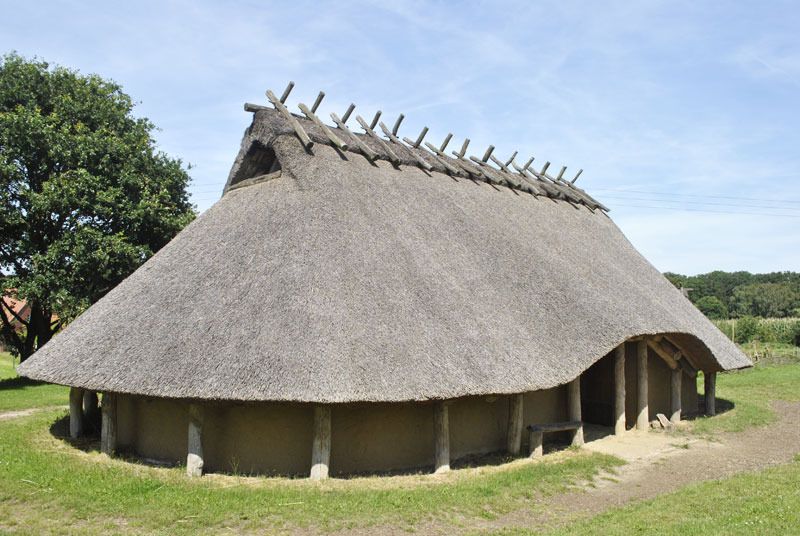
Lower beams, walls and thatched roof made of XPS foam.
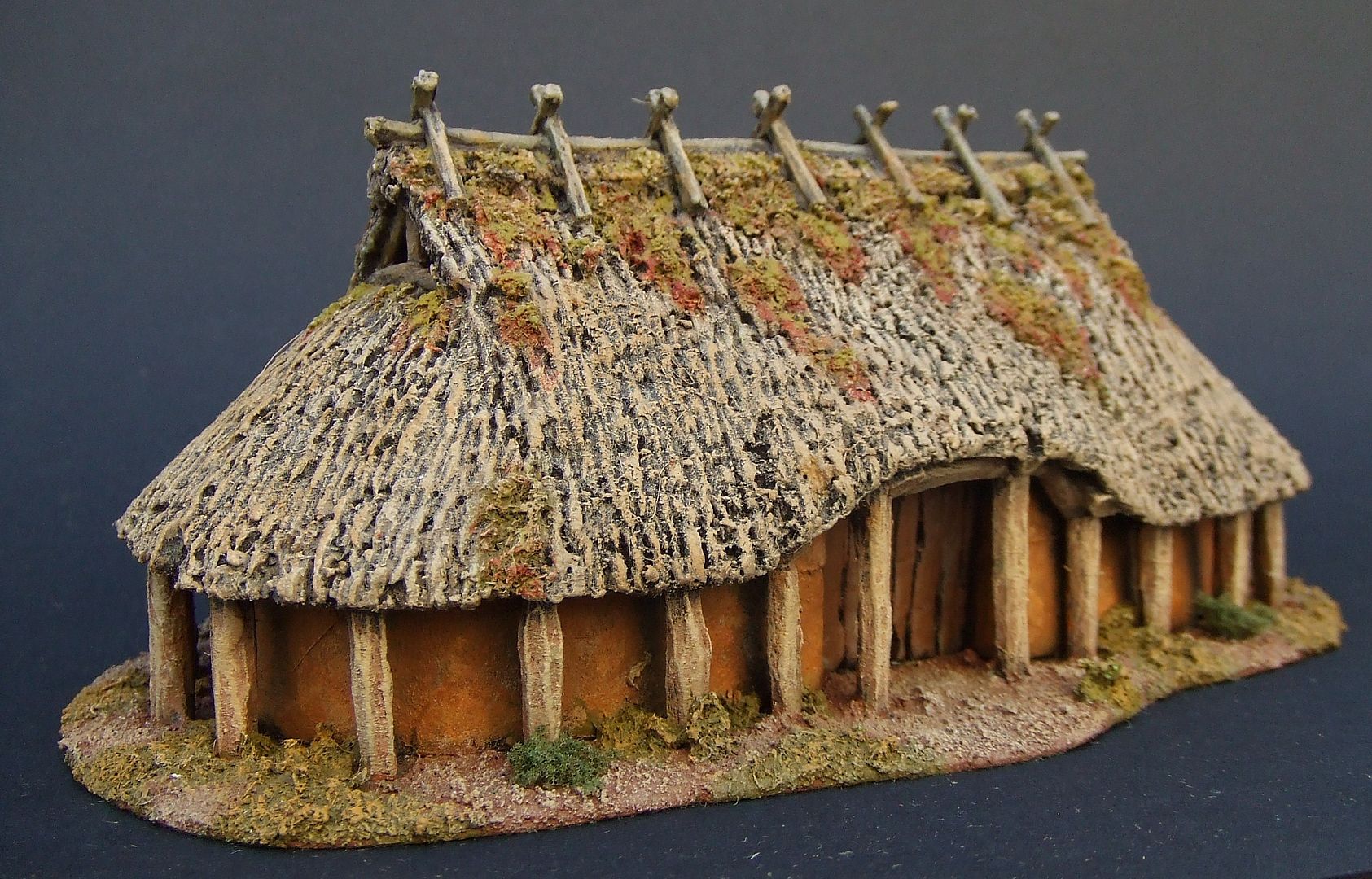
Top beams holding the crest made of wood.
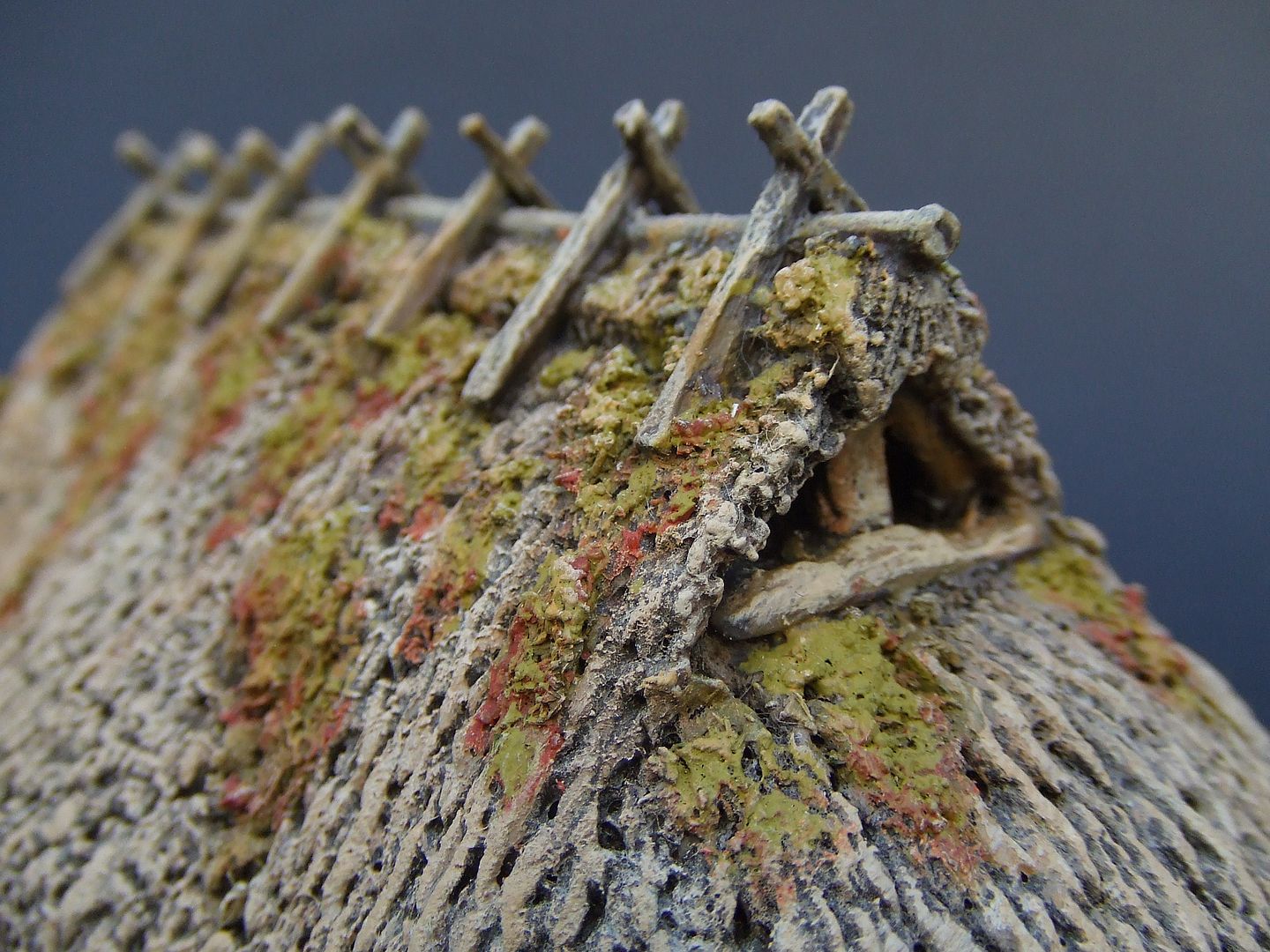
Iron Age house in Archeon, Alphen aan de Rijn, Netherlands.

Lower beams made of vine twigs


Archaologische Freilichtmuseum Oerlinghausen, Germany:
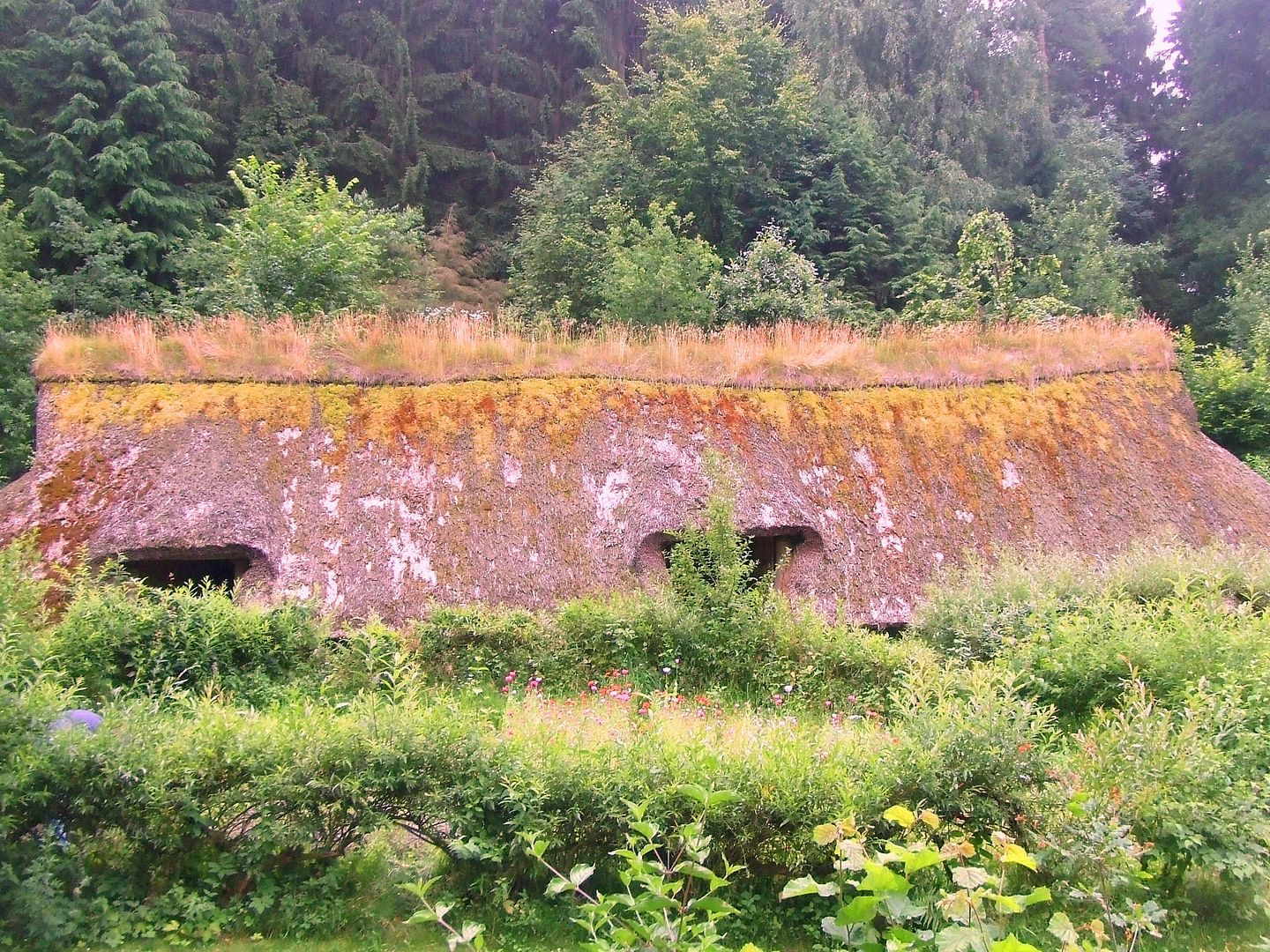

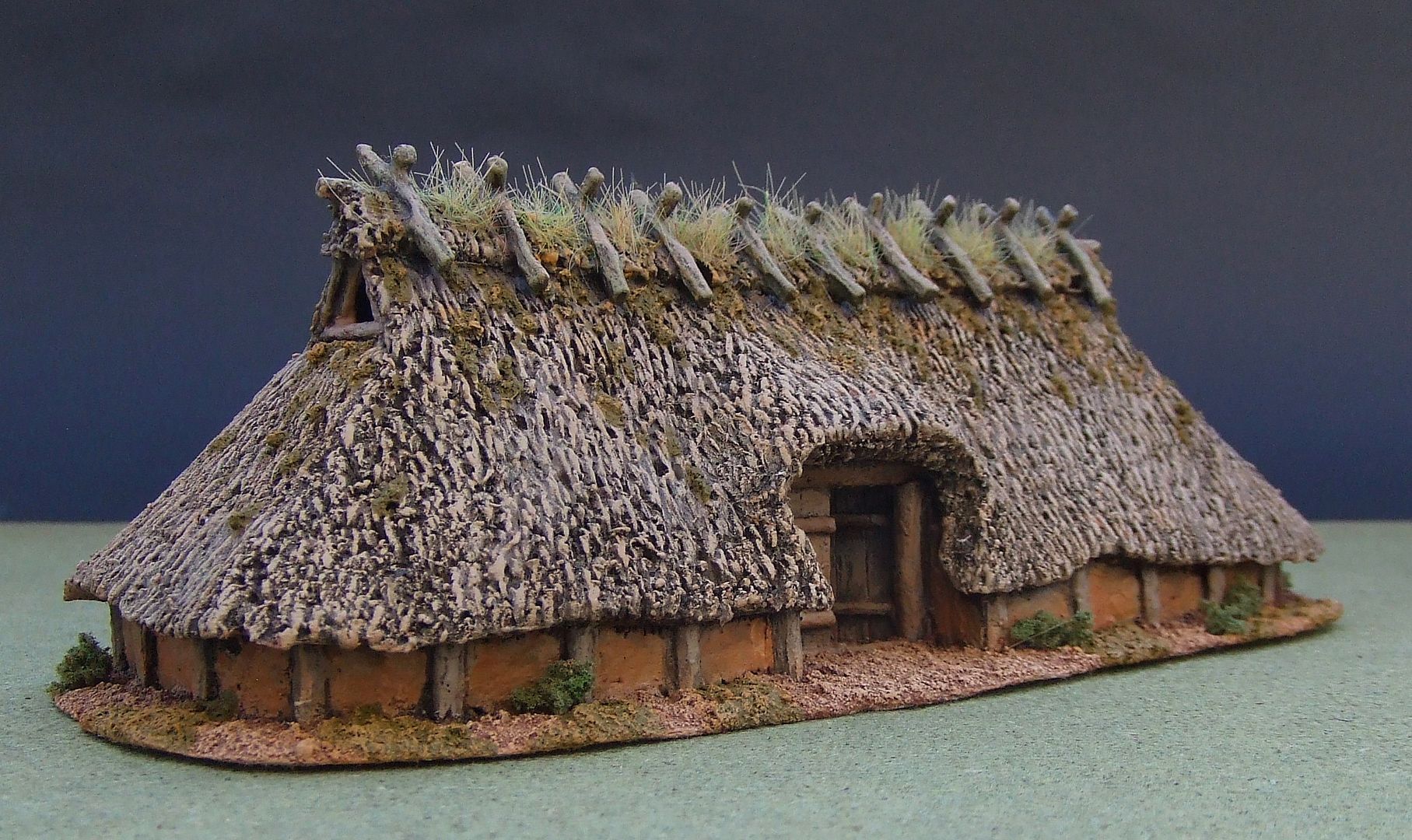
The granary at Venne.

The wooden frame is made of wood, the thatched roof of fake fur and the wickerwork plastered walls of XPS foam.

Fake fur looks much better than carved yellow foam representing thatched roof, but it will be difficult to make round roof shapes with fur.

White glue is used to get thatched roof in shape.
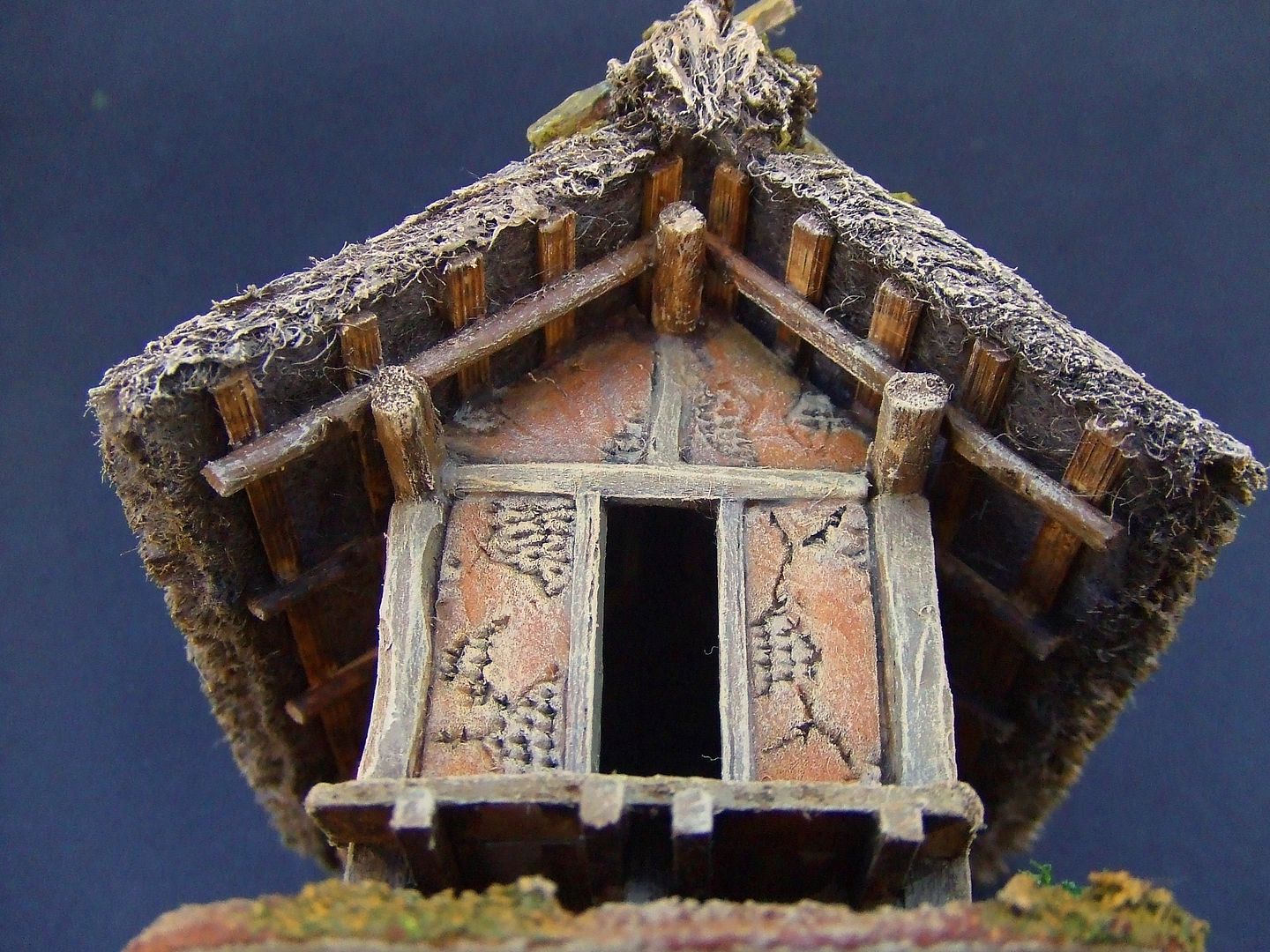
Mos is made of sawdust-white glue-acrylic paint paste. Crestbeams of real wood.

Two small granaries from the Netherlands.

Construction of vine twigs and yellow foam.


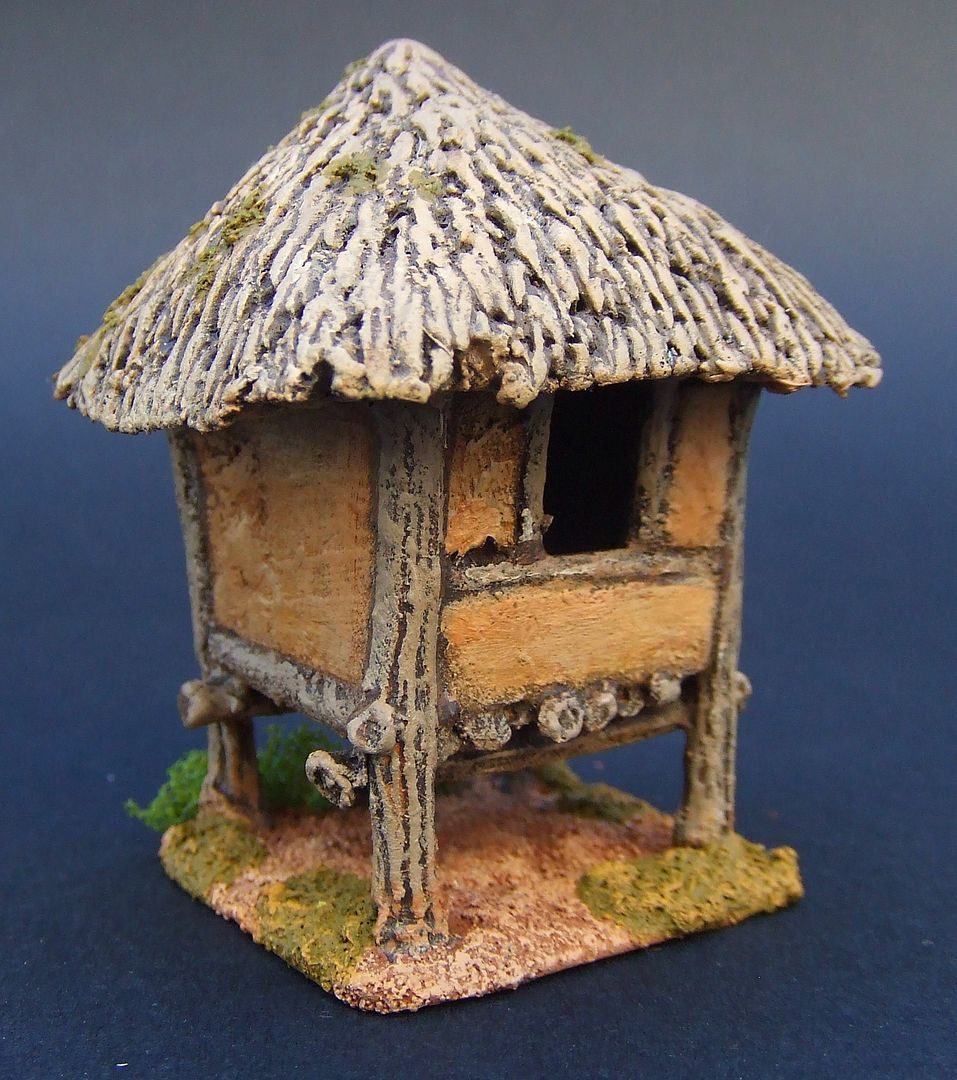
Fenced vegetable garden. Wickerwork is iron wire.
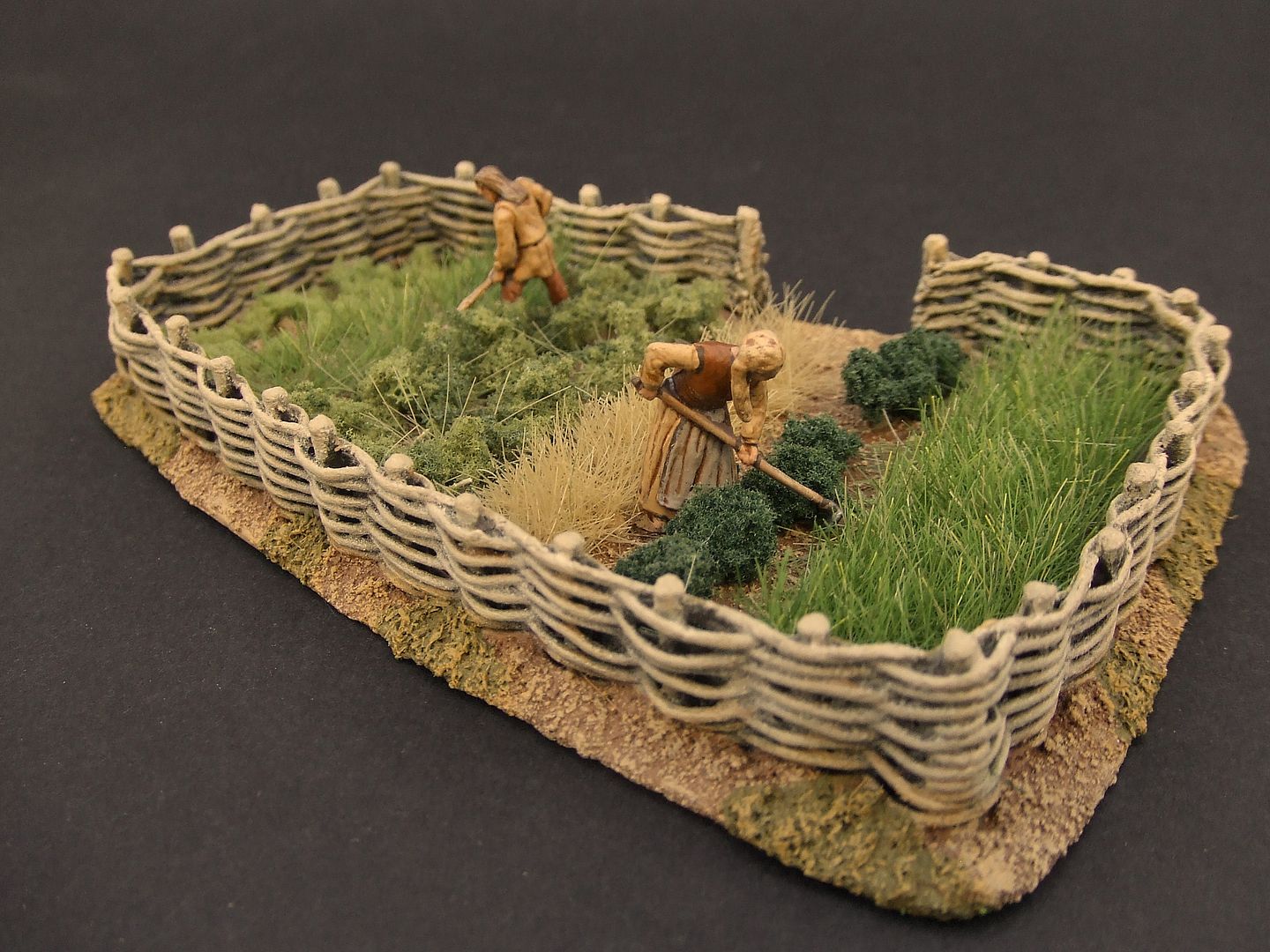
Human figure conversions of Imex (woman) and Pegasus (man) early Americans.
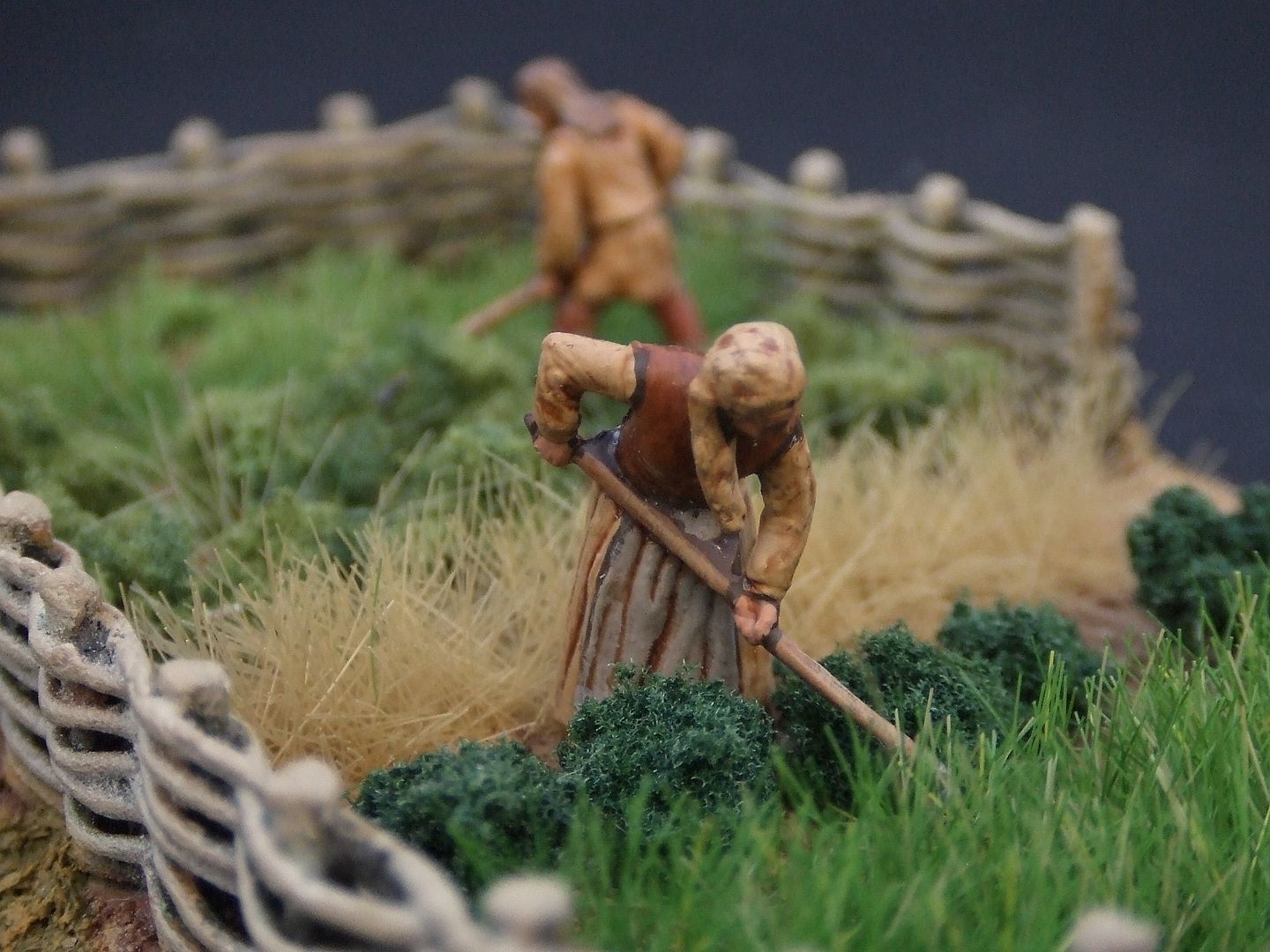

The garden of Venne.
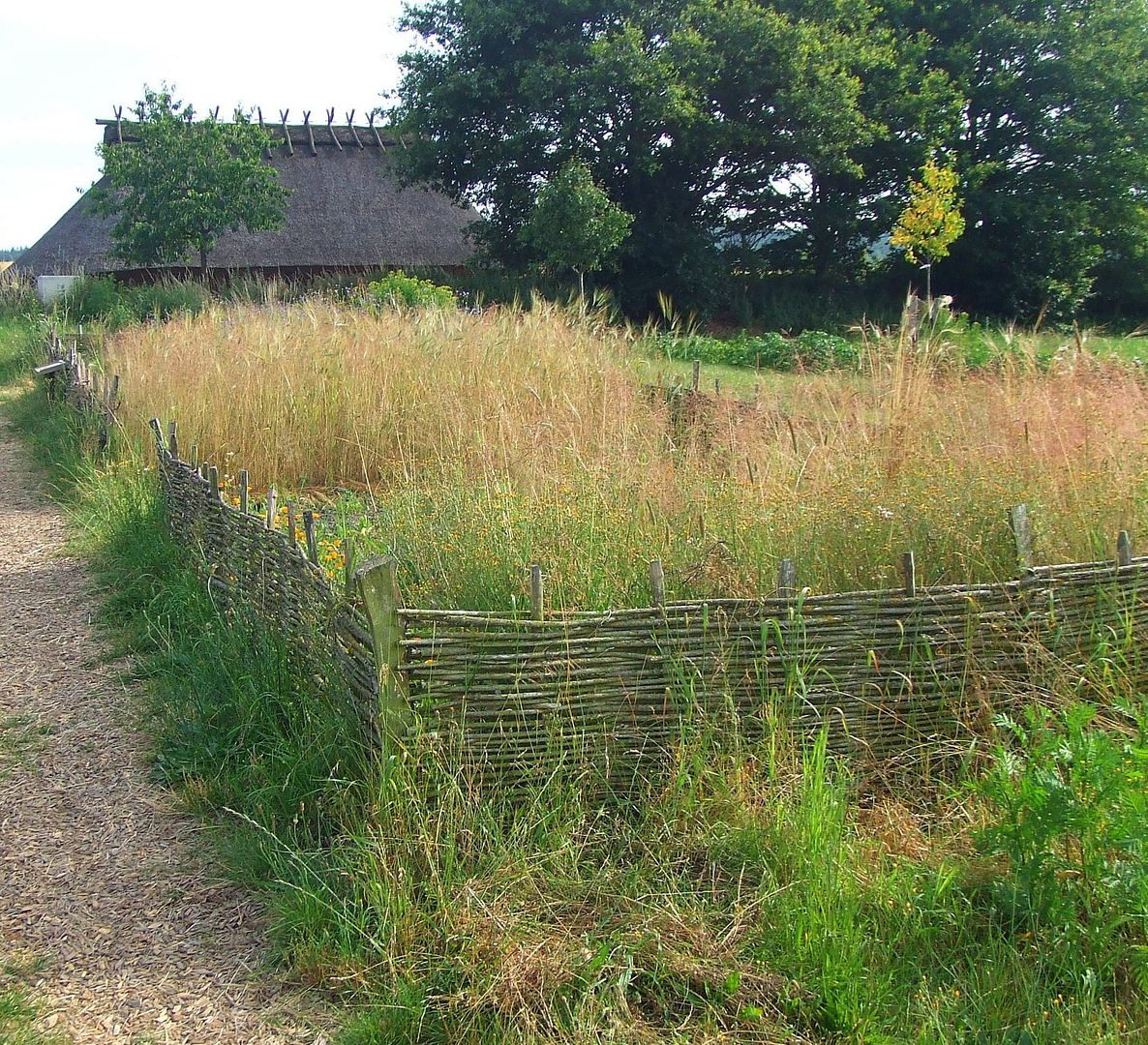
Wickerwork made of dried grass.

Cabbage made of clumpfoliage.
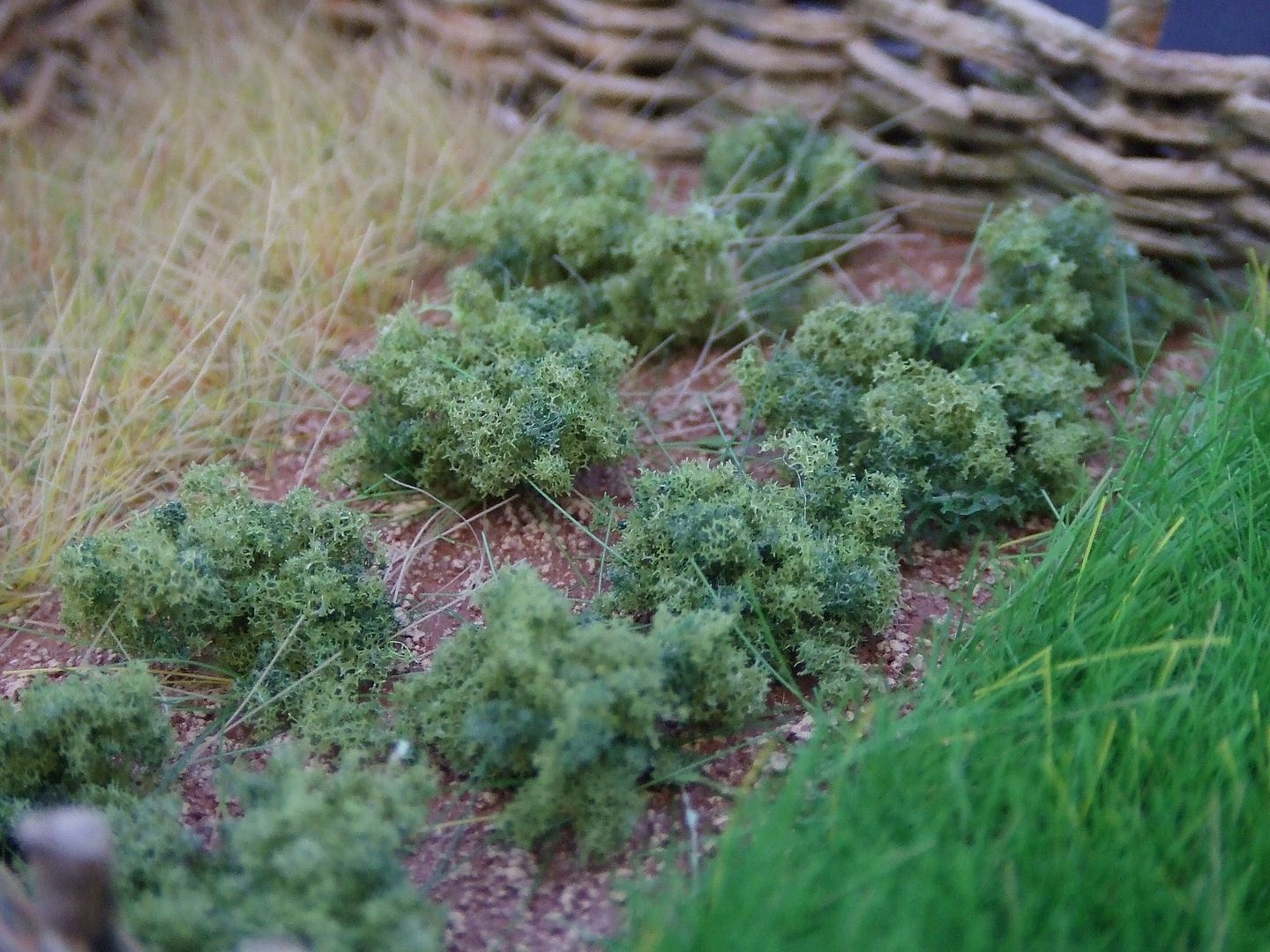
Wickerwork tests.

Nylon fishing wire.
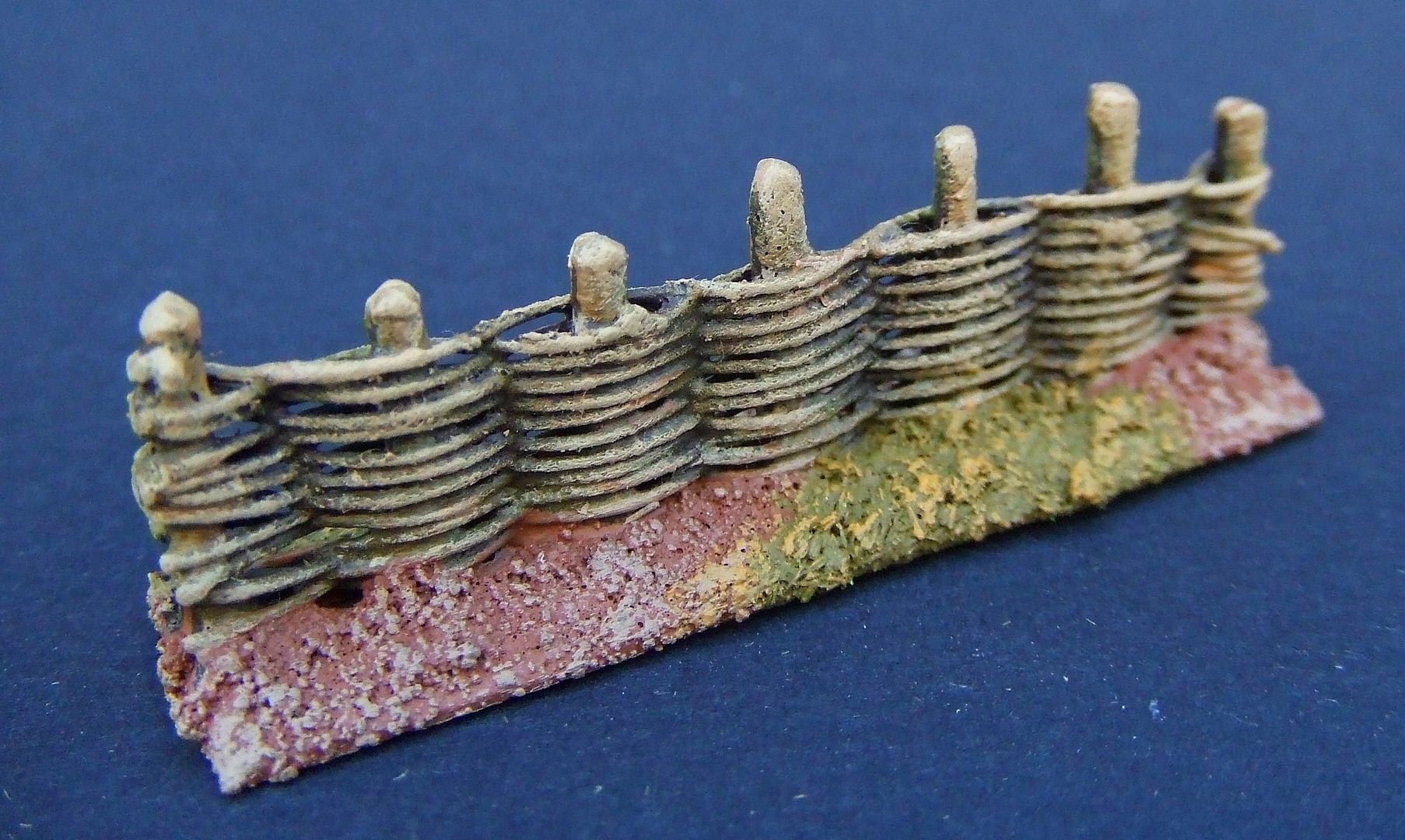
Plastic coated iron wire.
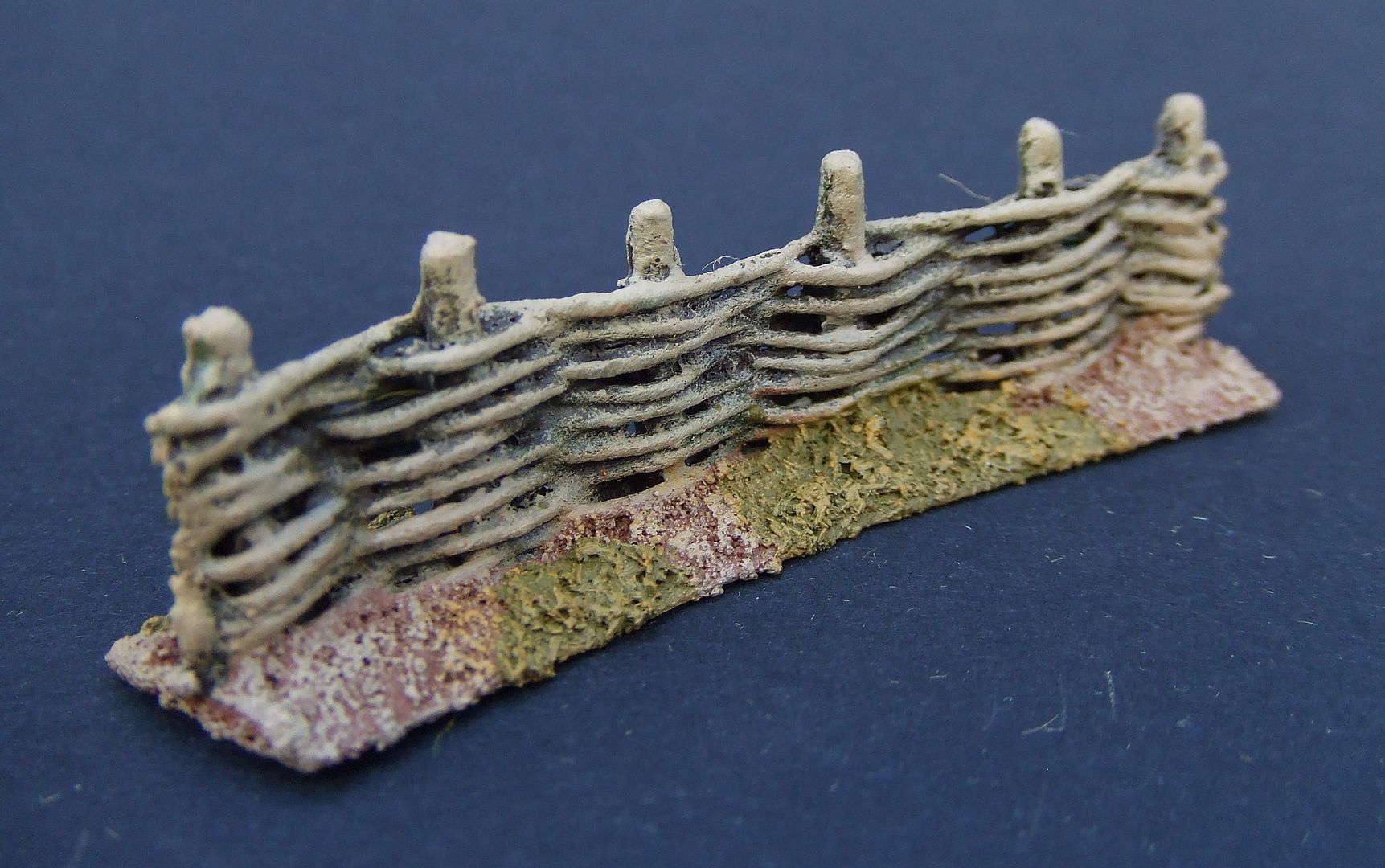
Iron wire.
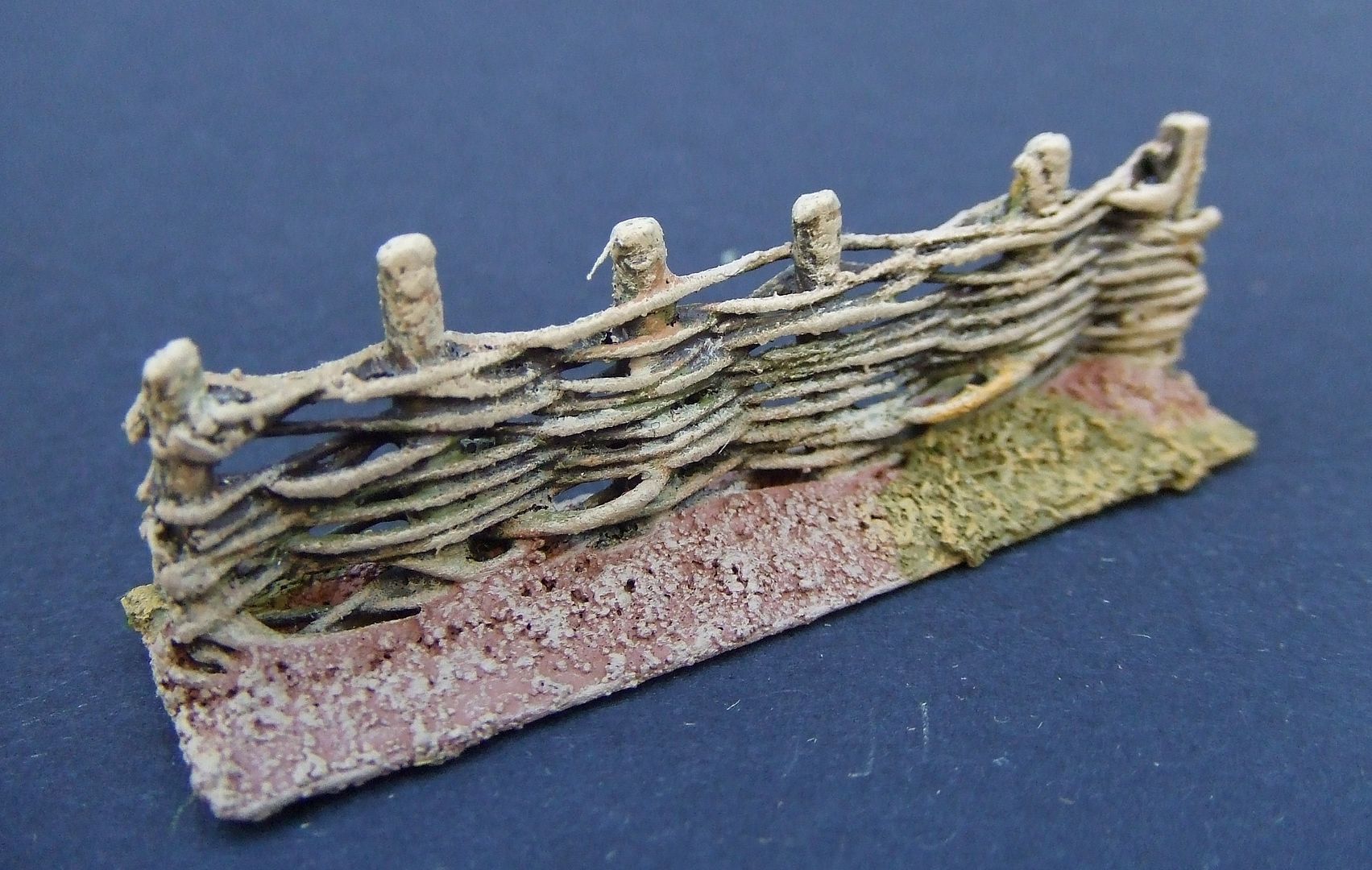
Curly mos.
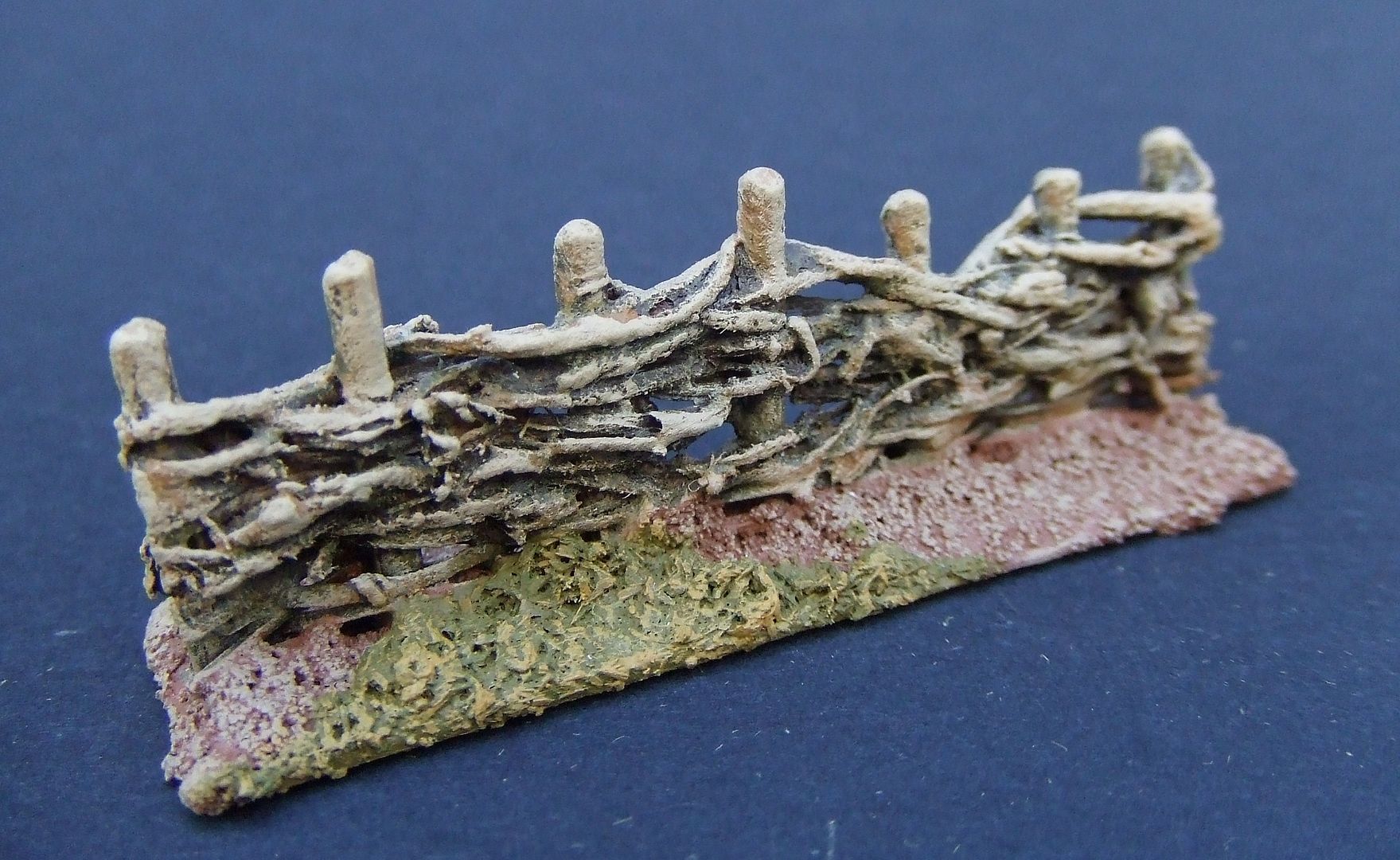
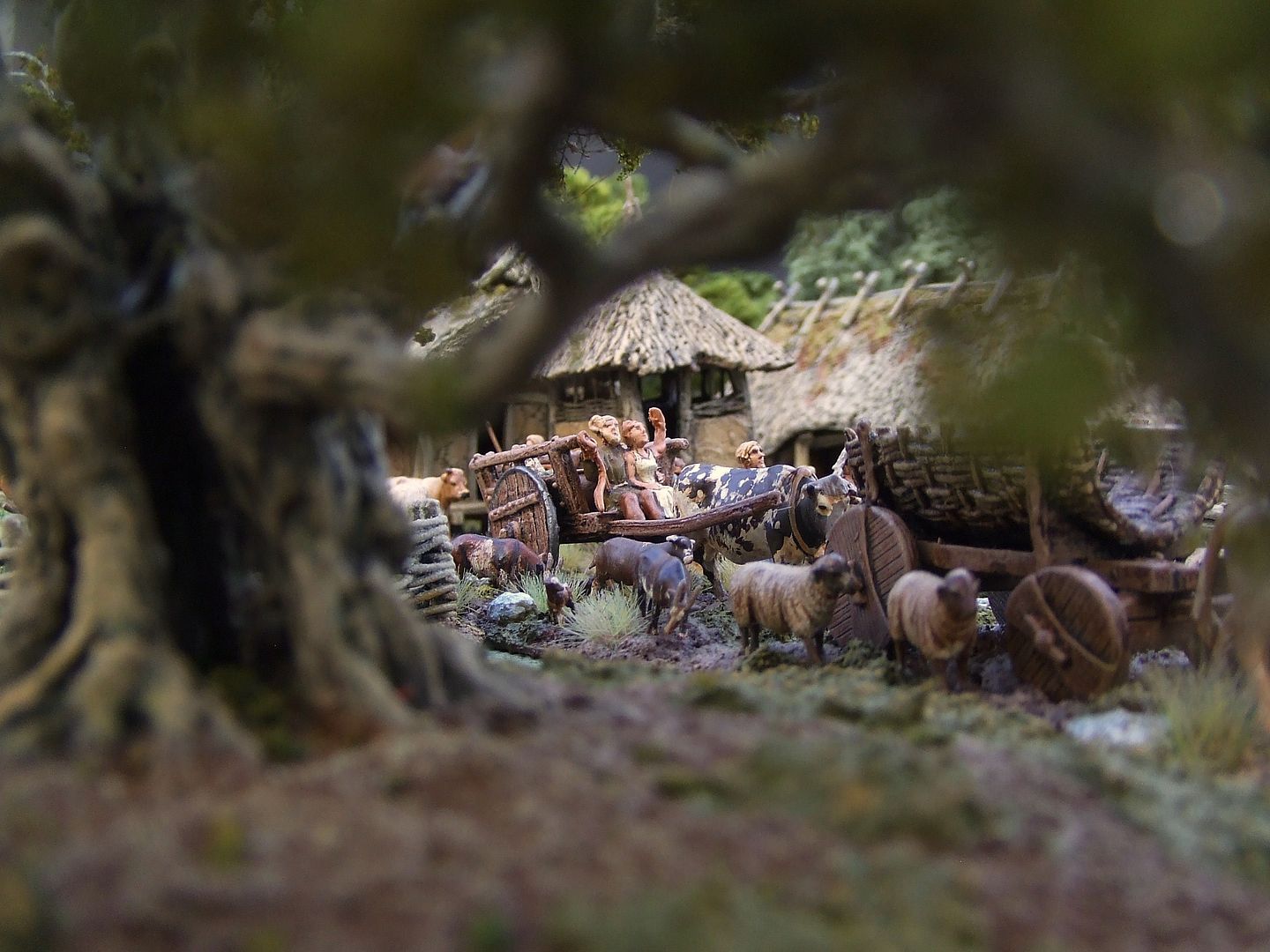
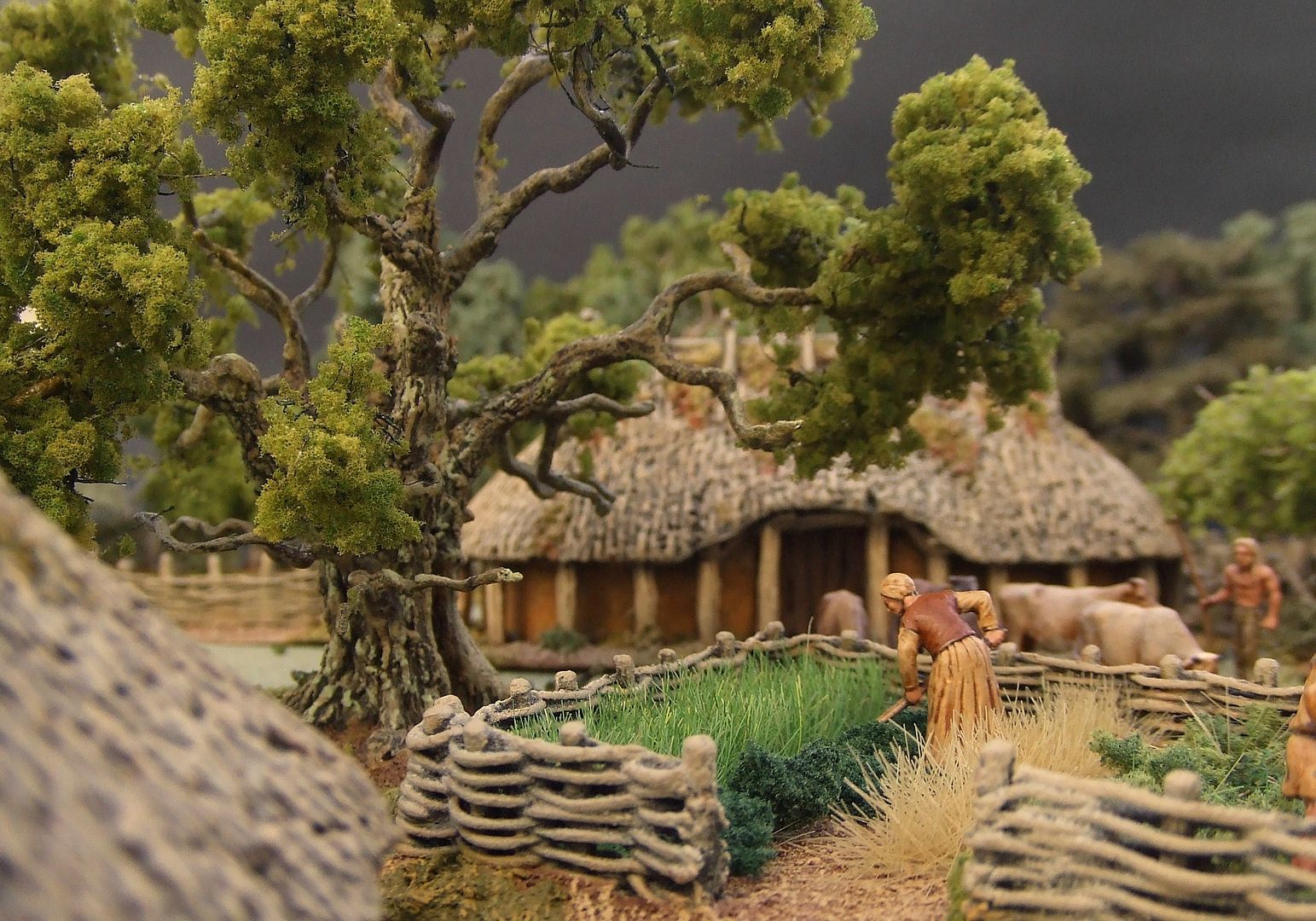
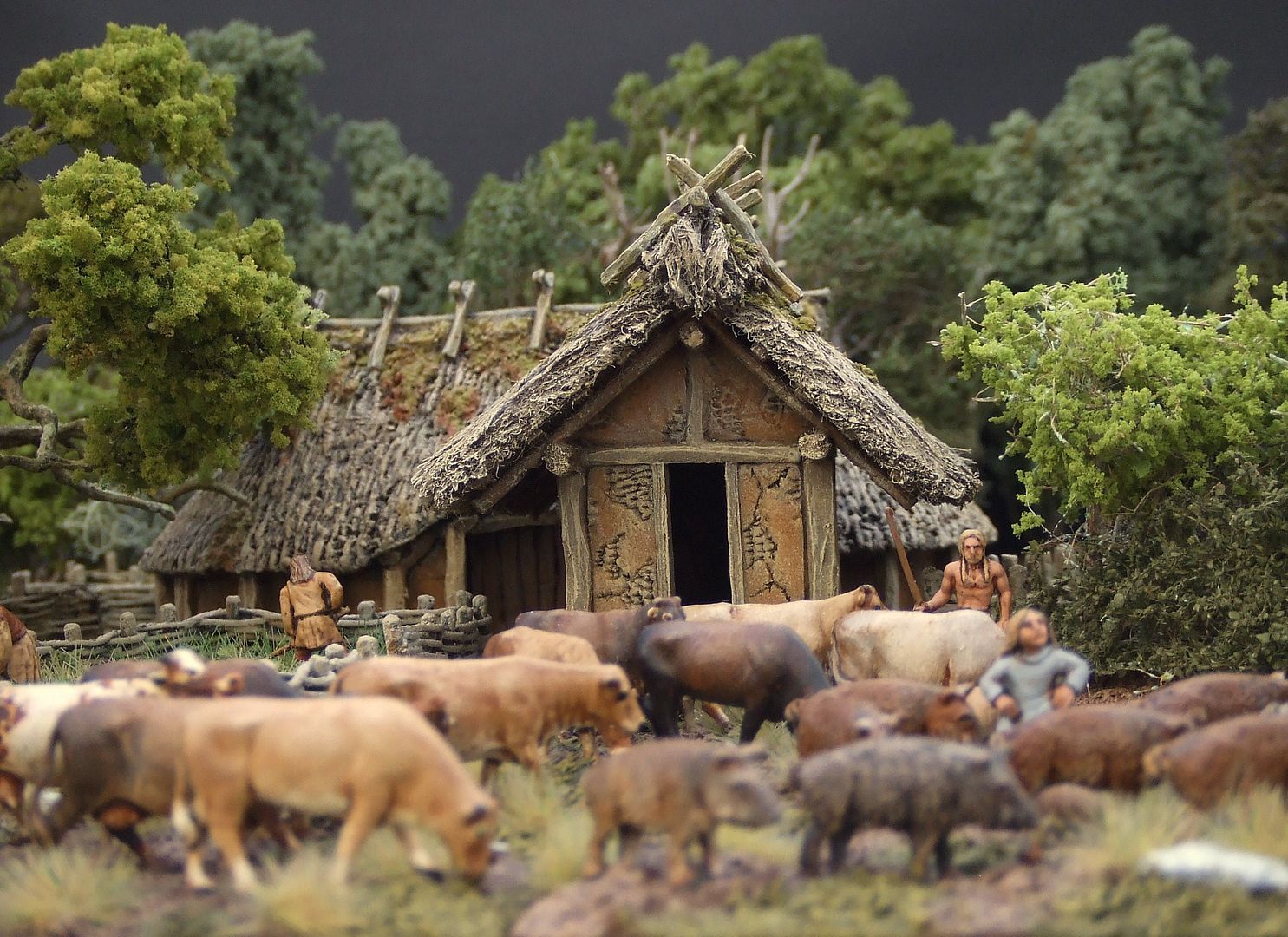
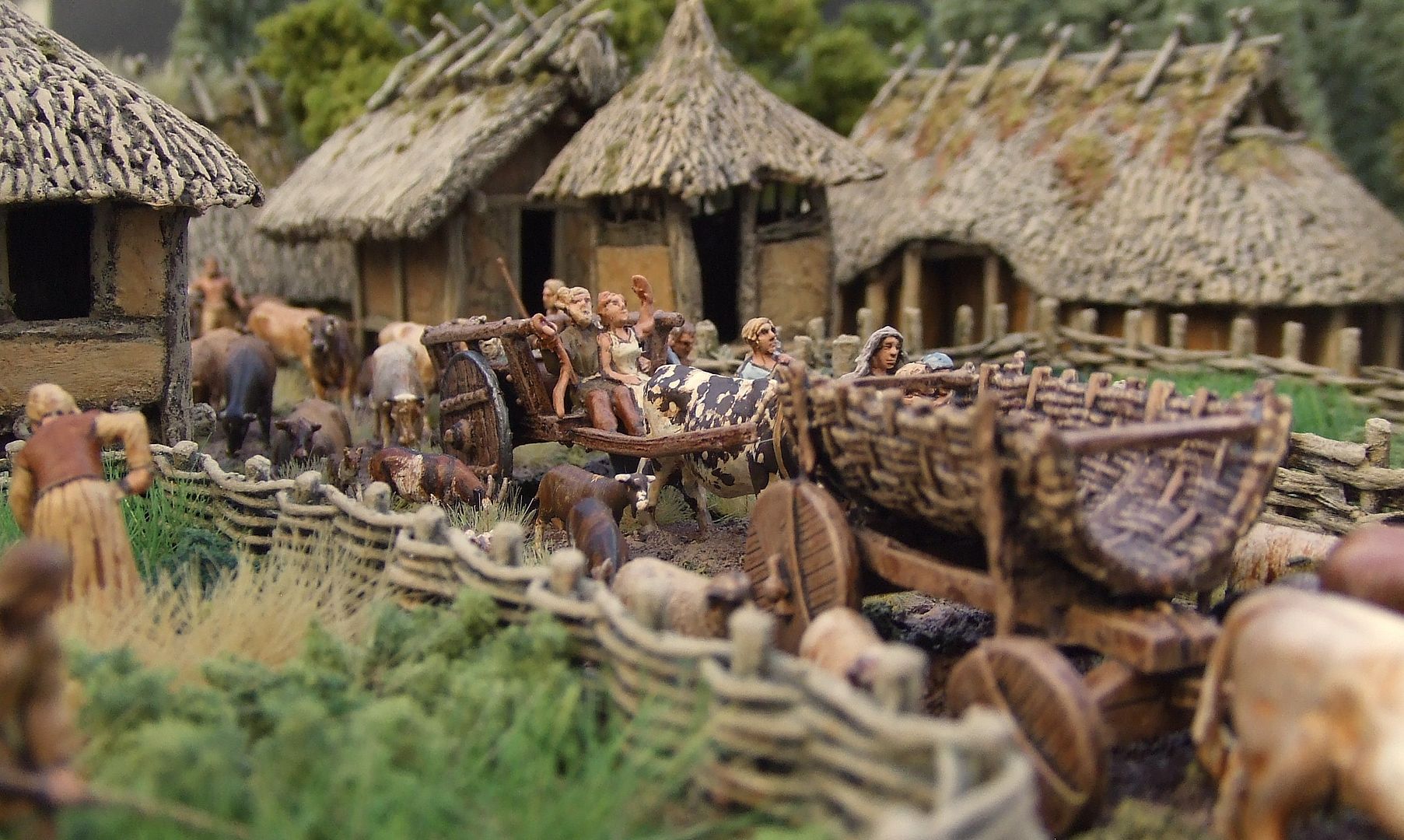
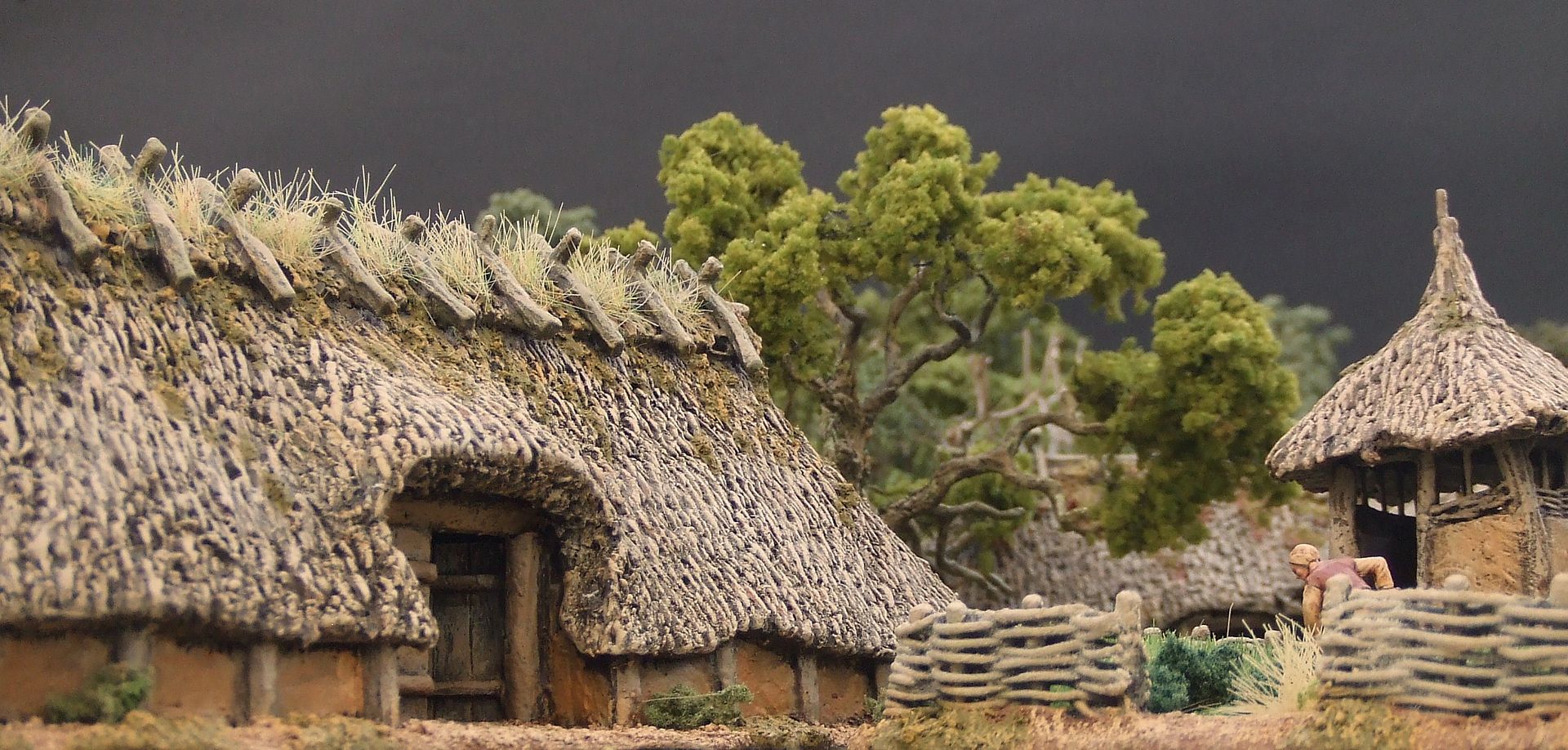
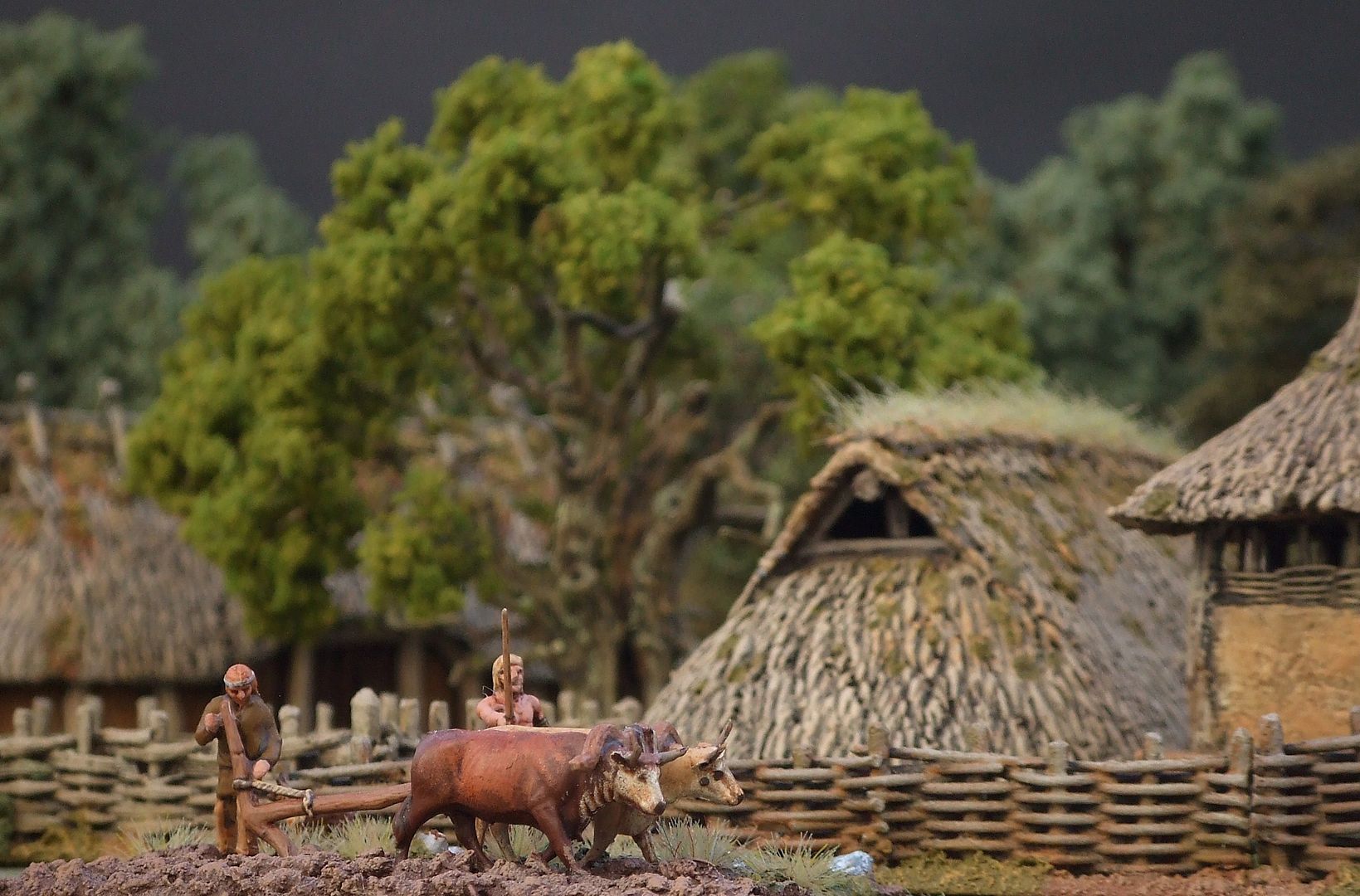

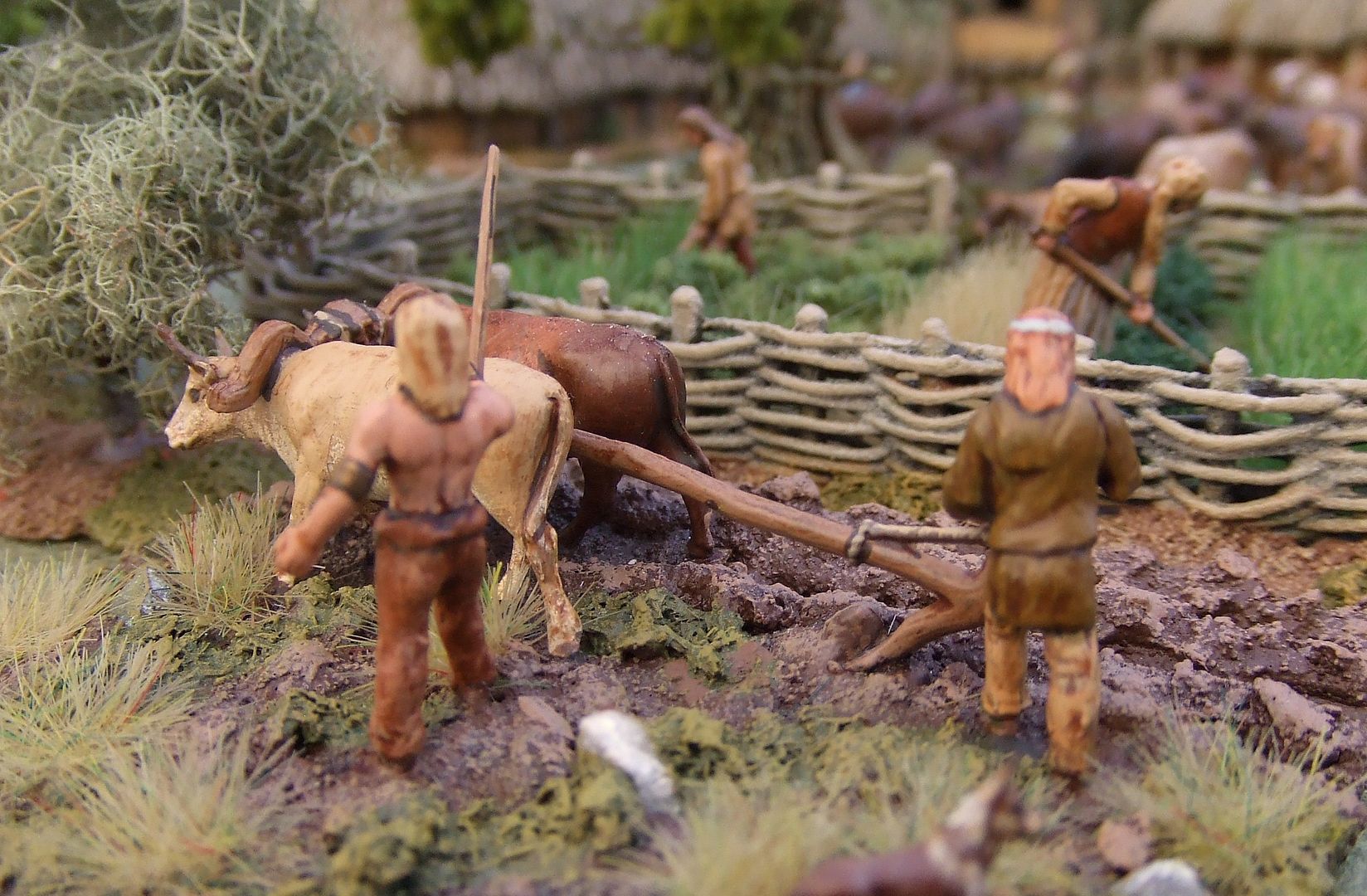


 Supporting Business
Supporting Business
 Supporting Member (Gold)
Supporting Member (Gold) 

 Supporting Member (Gold)
Supporting Member (Gold) 
 Supporting Member (Gold)
Supporting Member (Gold) 































 Supporting Business
Supporting Business